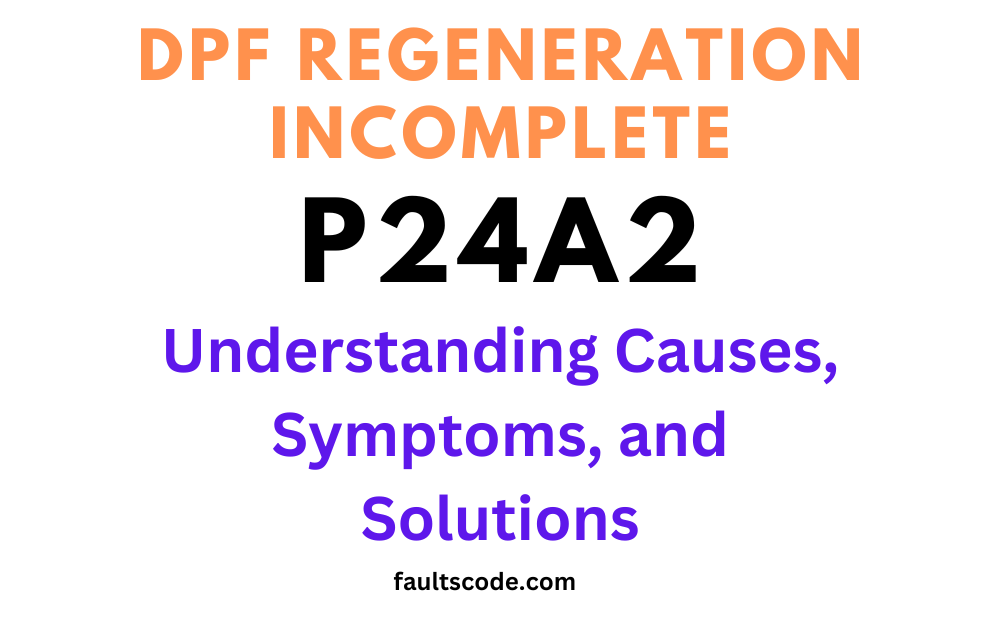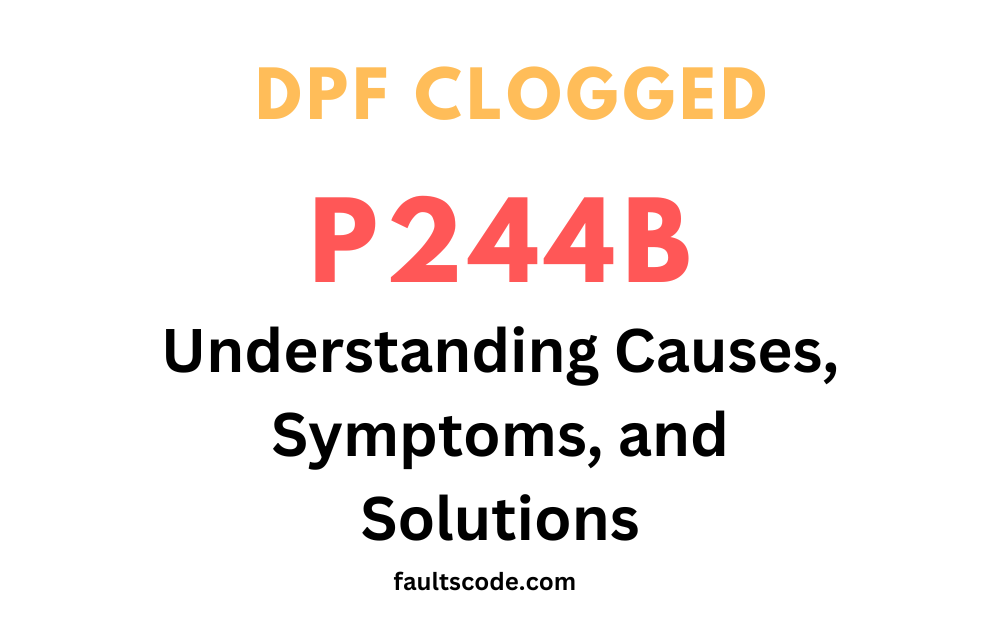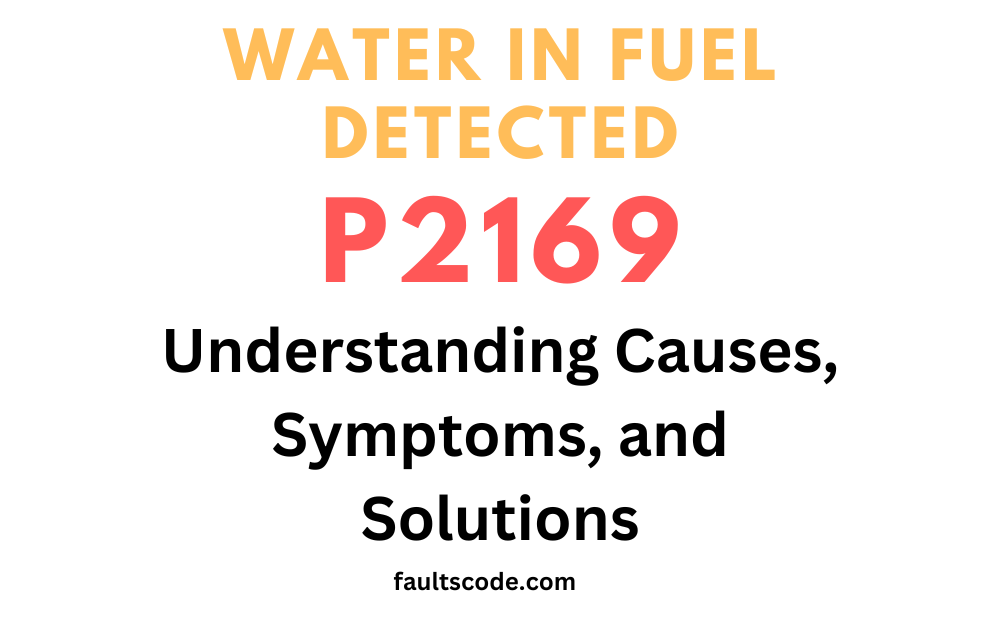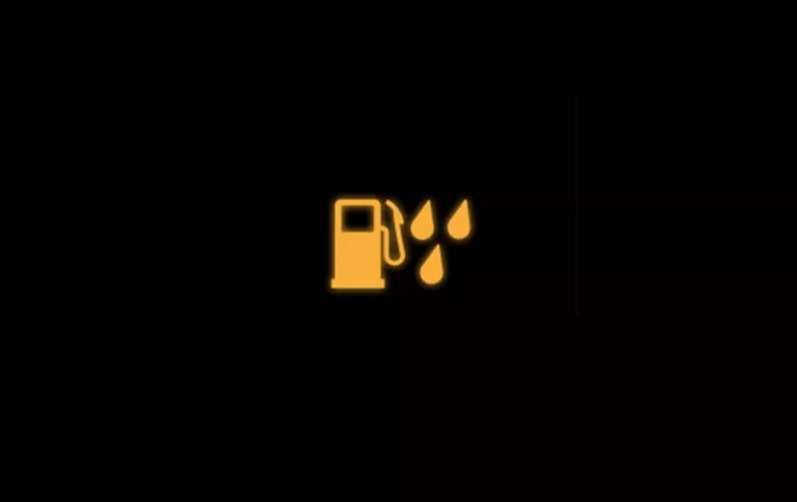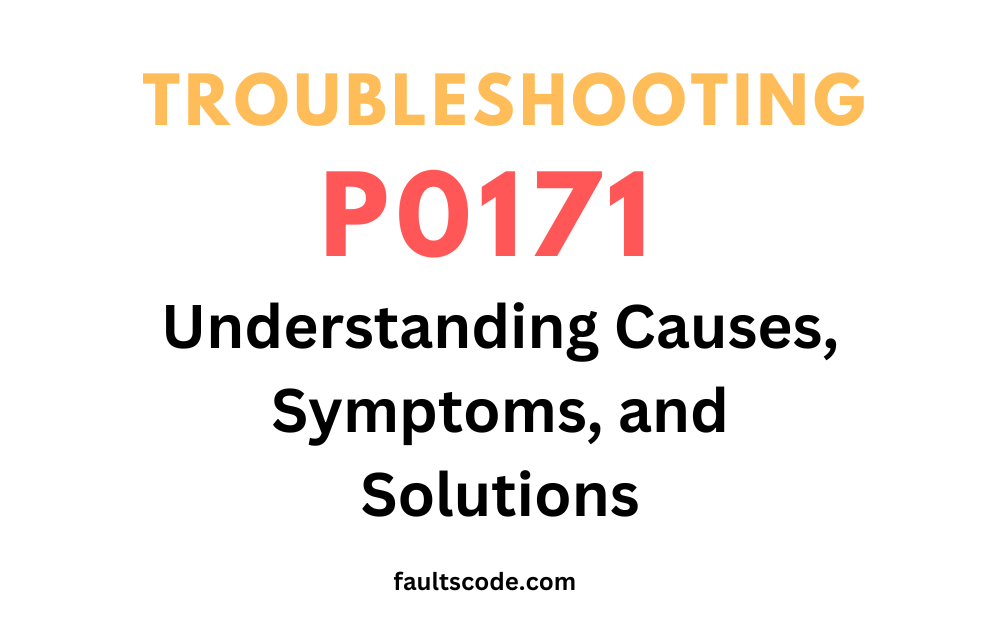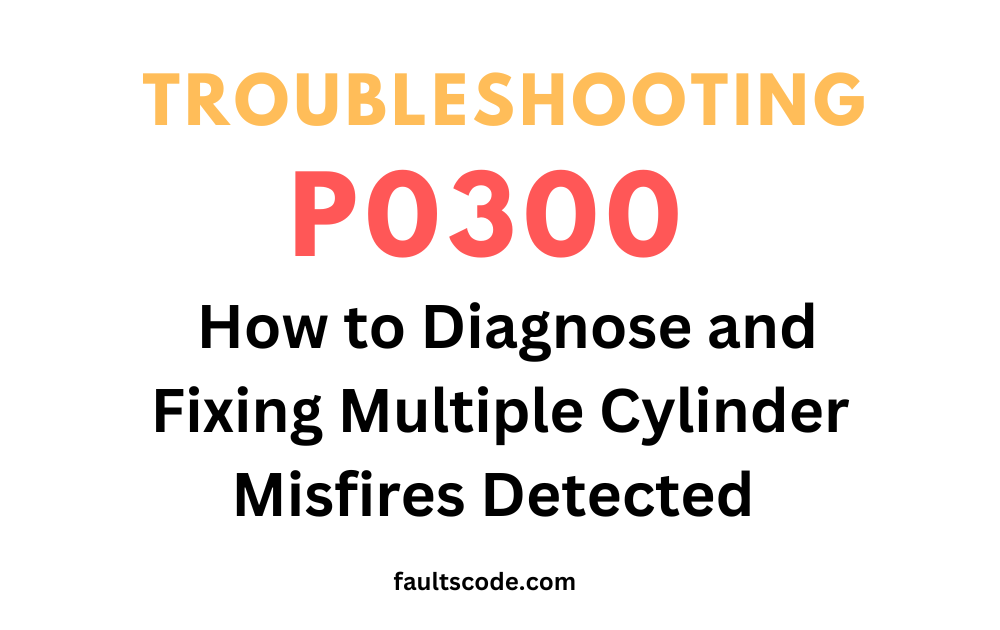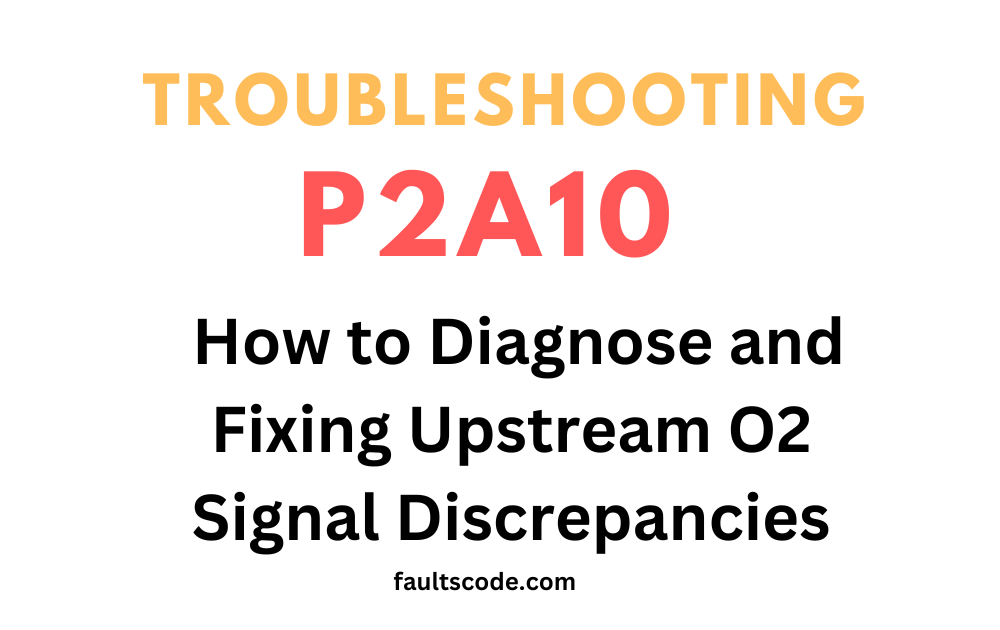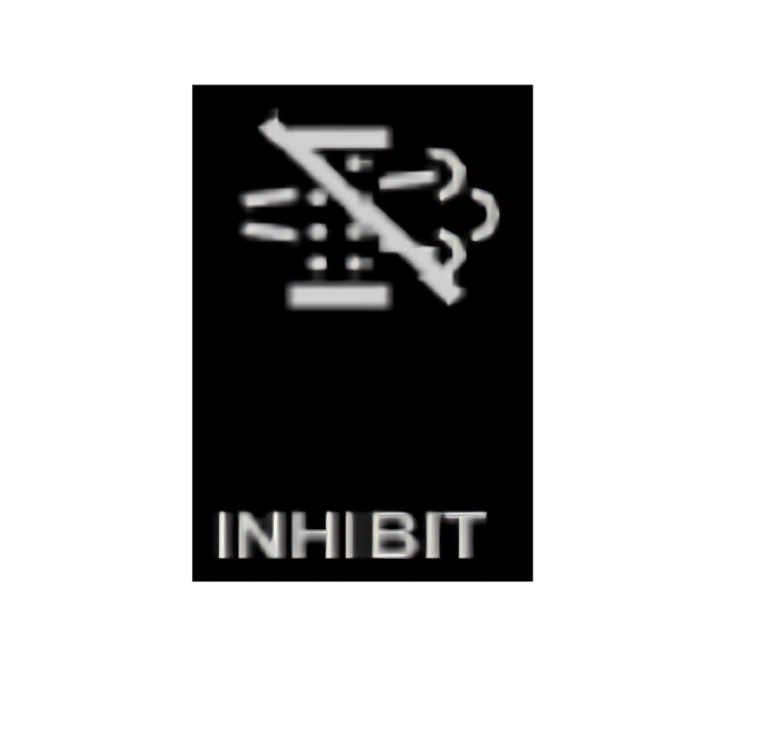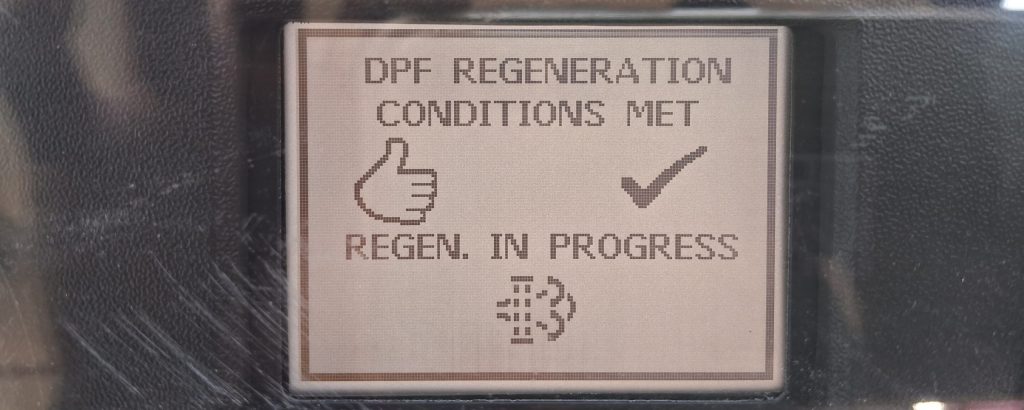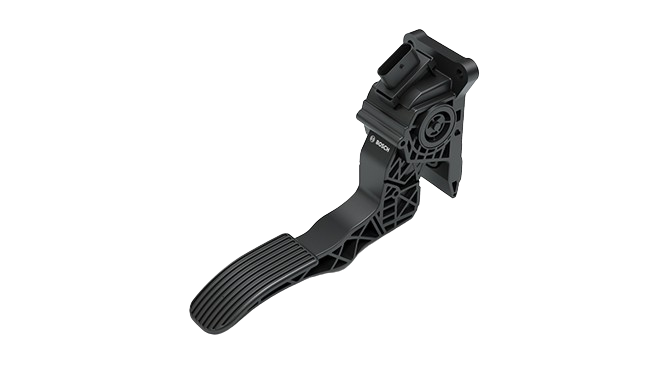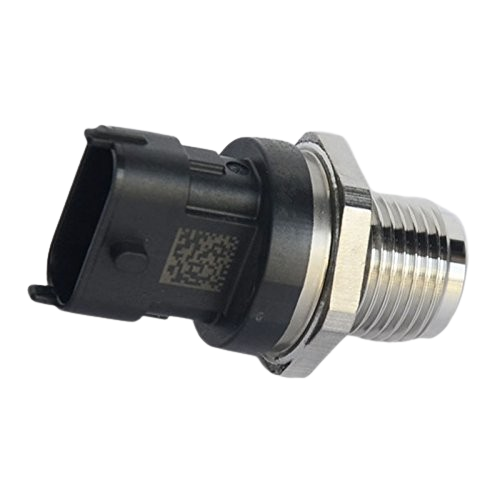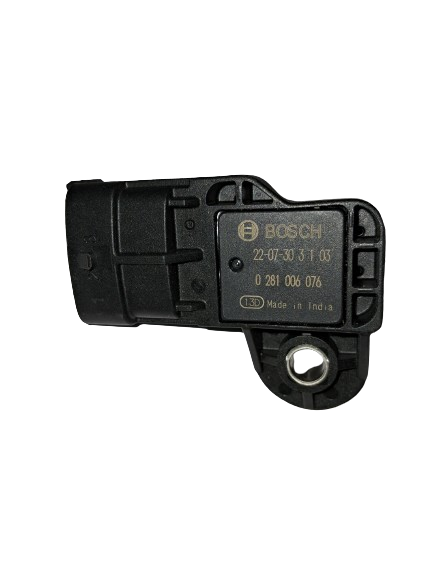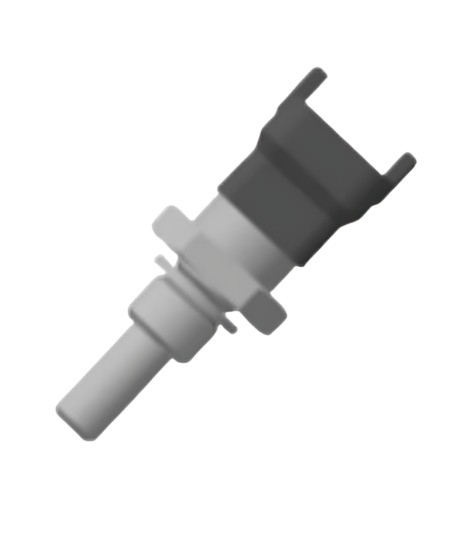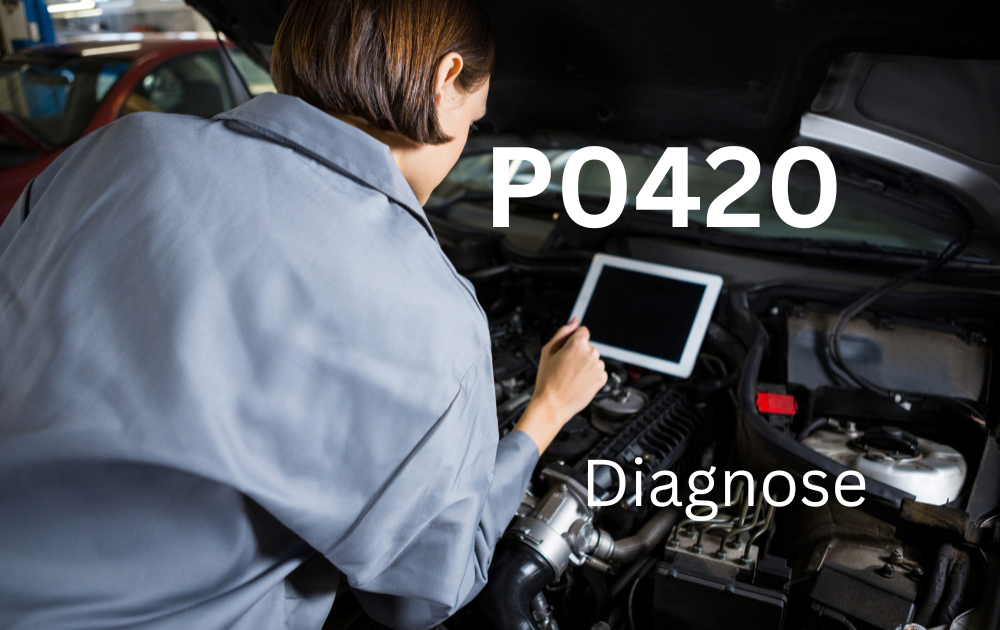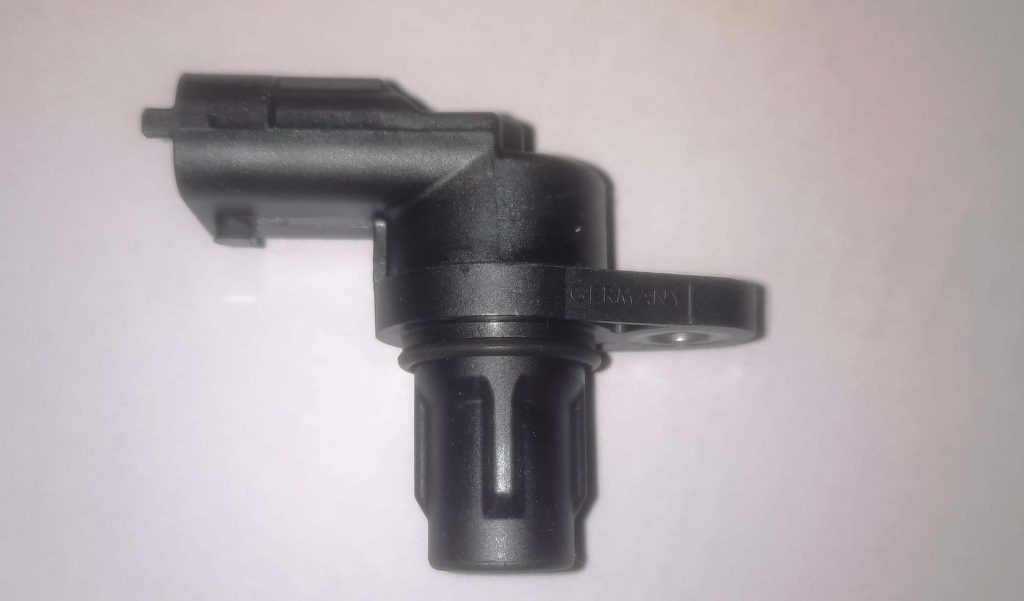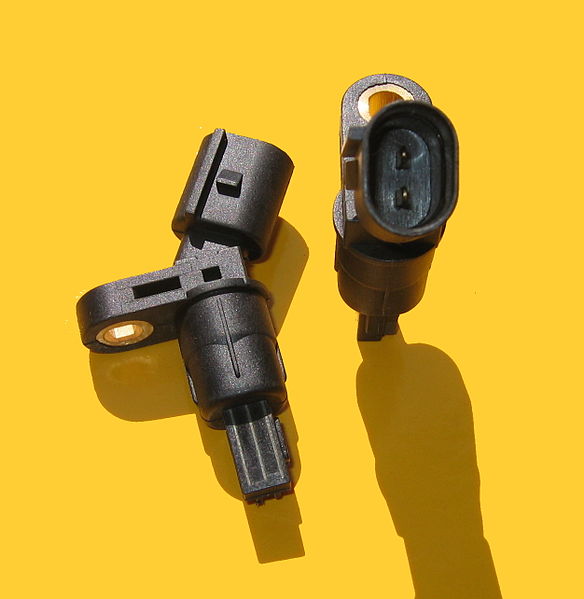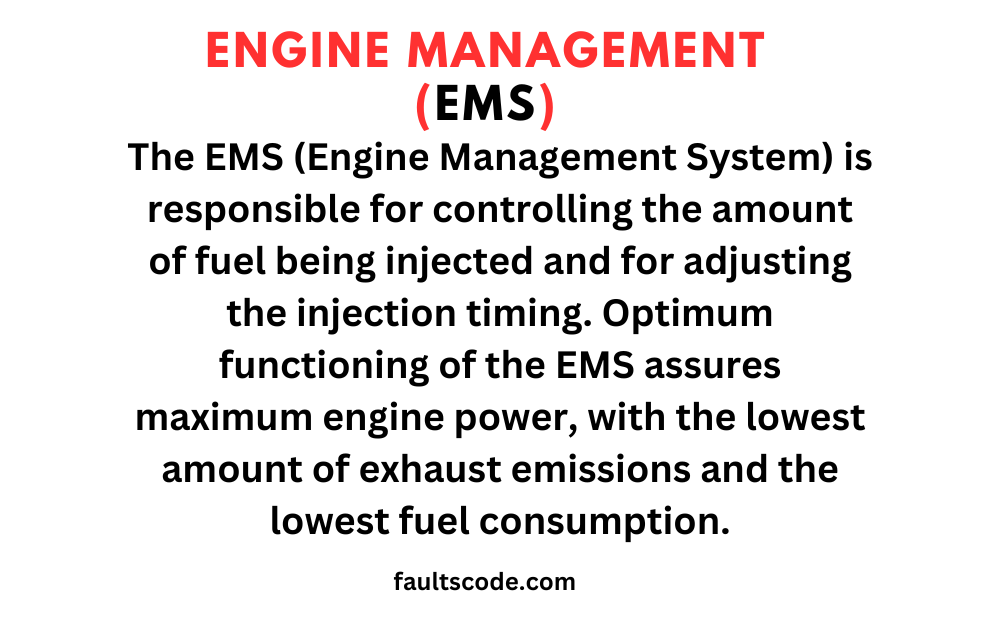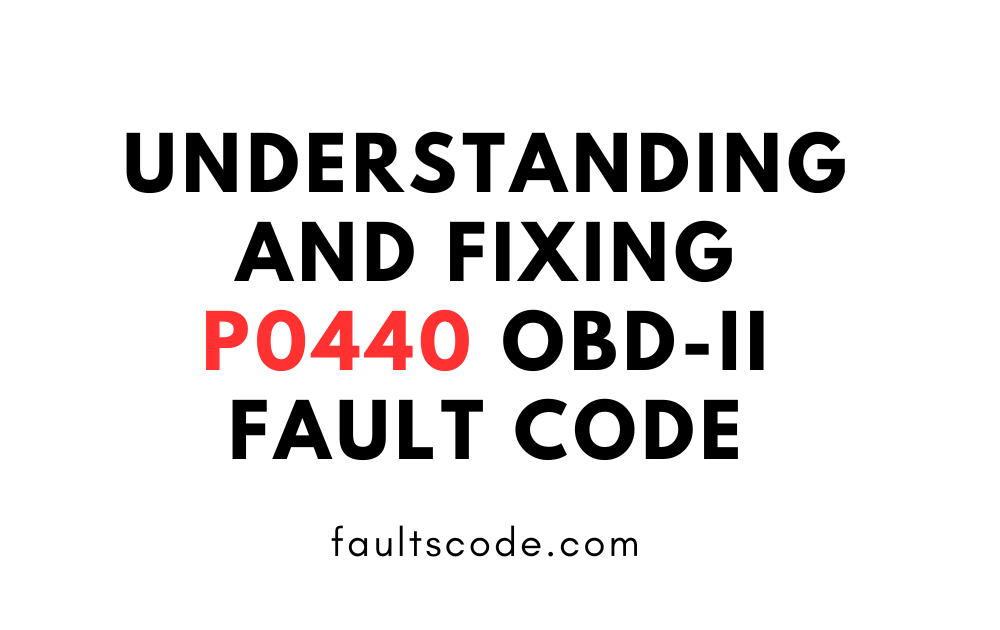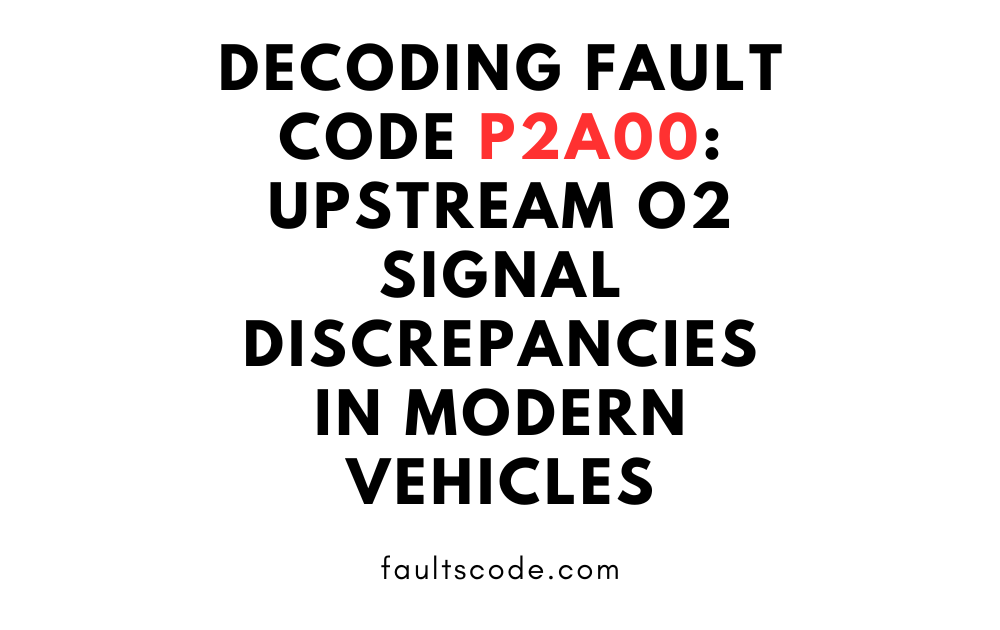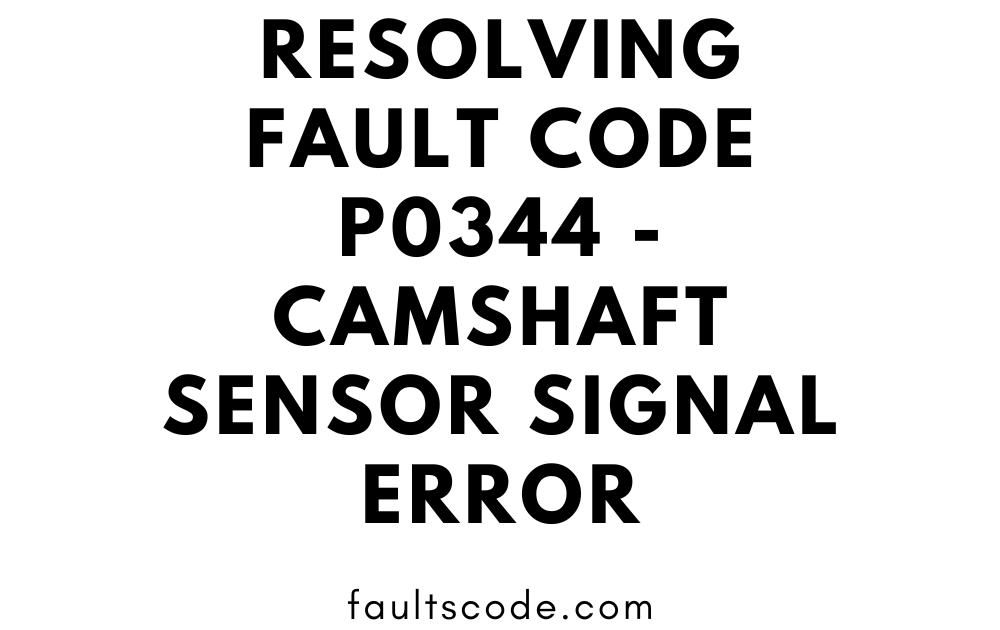Troubleshooting P0201: How to Diagnose and Fixing Injector Issues

Brief Overview of On-Board Diagnostics (OBD) and Trouble Codes
On-Board Diagnostics (OBD) is a crucial component in modern vehicles, serving as a self-diagnostic system that monitors various aspects of the vehicle’s performance. Through the use of trouble codes, OBD enables the identification and resolution of potential issues, ensuring optimal engine performance and emissions control.
Introduction to the P0201 Code and Its Significance
Among the myriad of trouble codes, P0201 holds a distinctive place, signaling a specific problem related to the vehicle’s fuel injector system. Each trouble code corresponds to a unique issue, allowing technicians to pinpoint and rectify problems efficiently. In this article, our focus is on understanding and addressing the significance of the P0201 code.
Importance of Addressing Injector Issues in the Automotive System
Injectors play a pivotal role in the functioning of a vehicle’s engine, ensuring the precise delivery of fuel to facilitate combustion. Any malfunction in the injector system can lead to a cascade of issues, affecting overall engine performance, fuel efficiency, and emissions. In the subsequent sections, we will delve deeper into the intricacies of the P0201 code, emphasizing the importance of promptly addressing injector-related issues to maintain a healthy automotive system.
Understanding P0201 Injector 1 Open Load
Explanation of the P0201 Trouble Code
The P0201 trouble code specifically points to an issue with Injector 1 in the fuel injection system. It is classified as an “Open Load” error, indicating that the injector is not receiving the expected electrical signal. Understanding the intricacies of this code is crucial for effective diagnosis and resolution.
Detailed Breakdown of the Components Involved
1. Overview of the Fuel Injection System
The fuel injection system is a sophisticated mechanism responsible for delivering the precise amount of fuel into the engine cylinders. This system comprises multiple components, including injectors, fuel pumps, and the Engine Control Module (ECM).
2. Role of Injector 1 in the System
Injector 1 is a critical component in the fuel injection system, tasked with spraying fuel into the corresponding cylinder at the right time and in the correct amount. An “Open Load” scenario indicates a disruption in the electrical circuit that controls Injector 1, jeopardizing its ability to function optimally.
Symptoms Associated with P0201
1. Engine Performance Issues
One of the primary symptoms of the P0201 code is a decline in engine performance. The affected cylinder may experience misfires, leading to uneven power distribution and potentially causing further damage if not addressed promptly.
2. Warning Lights on the Dashboard
The vehicle’s onboard computer detects the P0201 code and triggers warning lights on the dashboard, alerting the driver to a potential issue. Ignoring these warnings can result in more severe consequences.
3. Fuel Efficiency Concerns
A malfunctioning injector can disrupt the precise fuel-air mixture required for combustion, leading to decreased fuel efficiency. Drivers may notice an increase in fuel consumption, impacting both their wallets and the environment.
In the next section, we will explore diagnostic steps and potential solutions to rectify the P0201 Injector 1 Open Load issue, emphasizing the importance of a timely and thorough response to maintain optimal vehicle performance.
Common Causes of P0201
Faulty Injector
A leading cause of the P0201 code is a malfunctioning injector. Over time, injectors can become clogged, leading to improper fuel atomization or complete failure. Regular maintenance and cleaning are crucial to prevent these issues and ensure the injector’s proper functioning.
Wiring Issues
Faulty or damaged wiring in the injector circuit can disrupt the electrical signals necessary for proper injector operation. Exposure to harsh environmental conditions or wear and tear over the years can contribute to wiring problems. Thorough inspection and timely replacement of damaged wiring are essential for resolving P0201 issues.
Poor Electrical Connection
Loose or poor electrical connections within the injector circuit can result in an “Open Load” condition. Ensuring secure connections and addressing any corrosion or damage is imperative for maintaining the integrity of the electrical system.
ECU (Engine Control Unit) Problems
Issues with the Engine Control Unit (ECU), the vehicle’s onboard computer, can also contribute to the P0201 code. Malfunctions in the ECU can disrupt communication with the injector, leading to a failure in delivering the necessary signals for proper functioning. Diagnosing and rectifying ECU problems may require professional expertise.
Other Potential Causes
Several other factors can contribute to the P0201 Injector 1 Open Load trouble code, including:
- Fuel Pressure Issues: Insufficient or excessive fuel pressure can affect injector performance.
- Injector Harness Problems: Damage or wear in the harness connecting the injector to the ECM can lead to communication breakdowns.
- Fuel System Contamination: Contaminants in the fuel can impact injector functionality. Regularly using high-quality fuel and adding fuel system cleaners can mitigate this risk.
Identifying the specific cause requires a systematic diagnostic approach, often involving the use of specialized tools and expertise. In the following section, we will explore diagnostic procedures and potential solutions to effectively address the root cause of the P0201 code, ensuring a comprehensive and accurate resolution.
How To Diagnosing P0201
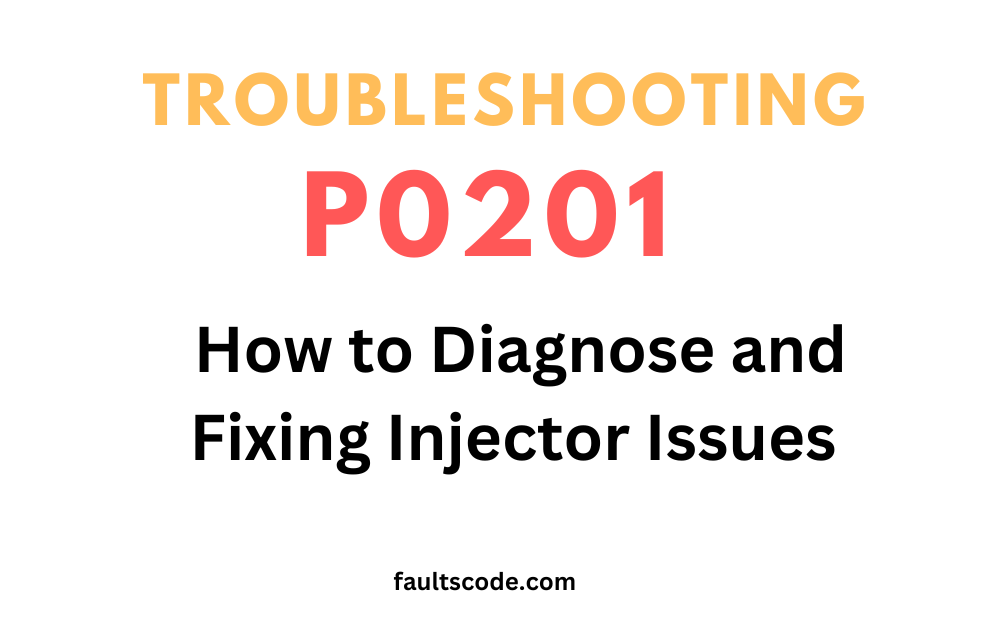
Use of OBD-II Scanner for Code Retrieval
The first step in diagnosing the P0201 code is to use an OBD-II scanner to retrieve the code and gather additional information. The scanner provides valuable insights into the specific nature of the problem, allowing technicians to pinpoint the affected component and proceed with targeted diagnostics.
Visual Inspection of Wiring and Connections
A thorough visual inspection of the wiring and connections associated with Injector 1 is essential. Look for signs of wear, damage, or corrosion. Addressing any visible issues can resolve the problem and prevent further complications.
Testing the Injector’s Resistance
Measuring the resistance of the injector provides valuable information about its condition. An ohmmeter can be used to check for resistance within the manufacturer’s specified range. Deviations may indicate a faulty injector that requires replacement.
Checking for Voltage at the Injector
Verifying that the injector is receiving the correct voltage is crucial for proper functioning. Use a multimeter to check the voltage at the injector connector. Inconsistent voltage levels may point to wiring or electrical issues that need attention.
Utilizing Advanced Diagnostic Tools for a Thorough Analysis
For a comprehensive analysis, advanced diagnostic tools such as oscilloscopes may be employed. These tools can provide real-time data on the electrical signals and injector performance, offering a more nuanced understanding of the issue. This advanced level of diagnostics is particularly useful in cases where standard procedures may not reveal the root cause.
Once the diagnostic process is complete, technicians can determine the specific cause of the P0201 code and proceed with the necessary repairs or replacements. Addressing the issue promptly is crucial to prevent further damage to the injector and ensure the overall health of the vehicle’s fuel injection system.
In the final section, we will explore potential solutions and recommended actions to rectify the P0201 Injector 1 Open Load trouble code, providing a comprehensive guide for automotive technicians and enthusiasts alike.
Resolving P0201 Injector 1 Open Load
Steps for Repairing or Replacing the Faulty Injector
1. Removal and Inspection of the Injector
Start by carefully removing the problematic injector. Inspect it thoroughly for any signs of clogging, damage, or wear. A visual examination can often reveal issues that might be affecting its performance.
2. Cleaning vs. Replacement Considerations
If the injector exhibits minor issues such as clogging, cleaning might be a viable option. However, if there are significant damages or wear, replacement may be the more effective solution. Consult the manufacturer’s guidelines for the specific injector model to make an informed decision.
3. Proper Installation Techniques
When installing a new injector or reinserting a cleaned one, ensure proper seating and secure attachment. Follow manufacturer recommendations for torque specifications to prevent leaks and ensure optimal performance.
Addressing Wiring and Electrical Issues
1. Identifying Damaged Wires
Use the information gathered during the diagnostic process to identify any damaged or faulty wiring. Pay close attention to areas near connectors and harnesses, as these are common locations for wear and tear.
2. Repairing or Replacing Wiring Harnesses
Depending on the extent of the damage, repair or replace the damaged wiring. Ensure proper insulation and secure connections. Consider using high-quality heat-shrink tubing or connector replacements to enhance longevity.
Resetting the Trouble Code and Retesting the System
After addressing the issues, use the OBD-II scanner to reset the trouble code. This step is essential to clear the system of the previous fault indication. Once reset, retest the system to ensure that the P0201 code does not reappear, indicating a successful resolution.
Consultation with a Professional Mechanic for Complex Cases
In situations where the diagnosis reveals complex problems with the ECU or other intricate components, seeking assistance from a professional mechanic is advisable. Experienced technicians have the expertise and specialized tools to tackle challenging issues, ensuring a thorough and accurate resolution.
By following these steps, automotive enthusiasts and technicians can effectively address the P0201 Injector 1 Open Load trouble code, restoring the vehicle’s fuel injection system to optimal performance. Regular maintenance and timely intervention are key to preventing future injector-related issues and ensuring the longevity of the automotive system.
Preventive Measures
Regular Maintenance of the Fuel Injection System
Routine maintenance is crucial for the health of the fuel injection system. Follow the manufacturer’s recommendations for regular inspections, cleaning, and testing of injectors. This helps prevent the accumulation of deposits and ensures the optimal performance of the entire system.
Checking for Signs of Wear and Tear
Periodically inspect the wiring, connectors, and injectors for any signs of wear and tear. Addressing minor issues early on can prevent more significant problems in the future. Look out for frayed wires, corrosion, or any physical damage during these checks.
Keeping an Eye on the Vehicle’s Performance for Early Detection
Be attentive to changes in the vehicle’s performance. Unusual engine sounds, reduced fuel efficiency, or any other deviations from normal operation could be early indicators of potential issues. Promptly addressing these signs can prevent more severe problems and costly repairs.
Following Manufacturer-Recommended Service Intervals
Adhere to the manufacturer’s recommended service intervals for comprehensive vehicle maintenance. Regular servicing not only ensures the longevity of the fuel injection system but also helps identify and rectify potential problems before they escalate.
Conclusion
Recap of Key Points Regarding P0201 Injector 1 Open Load
In summary, the P0201 Injector 1 Open Load trouble code indicates a specific issue within the fuel injection system, requiring careful diagnosis and resolution. The code is often associated with a faulty injector, wiring issues, or problems with the Engine Control Unit (ECU).
Importance of Prompt Diagnosis and Resolution
Prompt diagnosis and resolution of the P0201 code are essential to prevent further damage to the injector and maintain the overall health of the automotive system. Ignoring the issue can lead to decreased engine performance, reduced fuel efficiency, and potential long-term damage.
Encouragement for Regular Maintenance to Prevent Future Issues
Regular maintenance, including visual inspections, cleaning, and adherence to service intervals, is the key to preventing future injector-related issues. Proactive measures can significantly contribute to the longevity and efficient operation of the fuel injection system, ensuring a smooth driving experience.
By implementing preventive measures and addressing issues promptly, vehicle owners can enjoy a reliable and high-performing automotive system. The P0201 Injector 1 Open Load trouble code, when approached with diligence, can be effectively managed, contributing to the overall longevity and efficiency of the vehicle.


